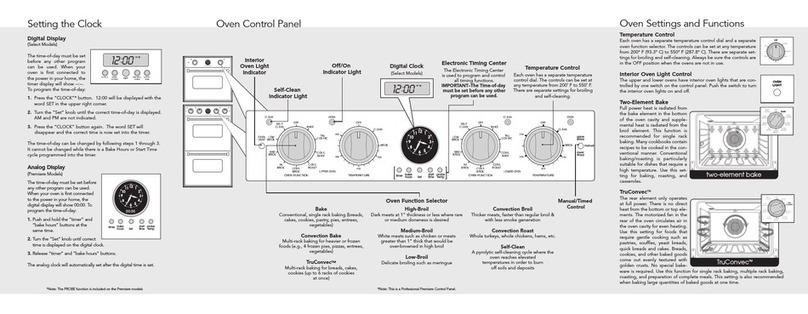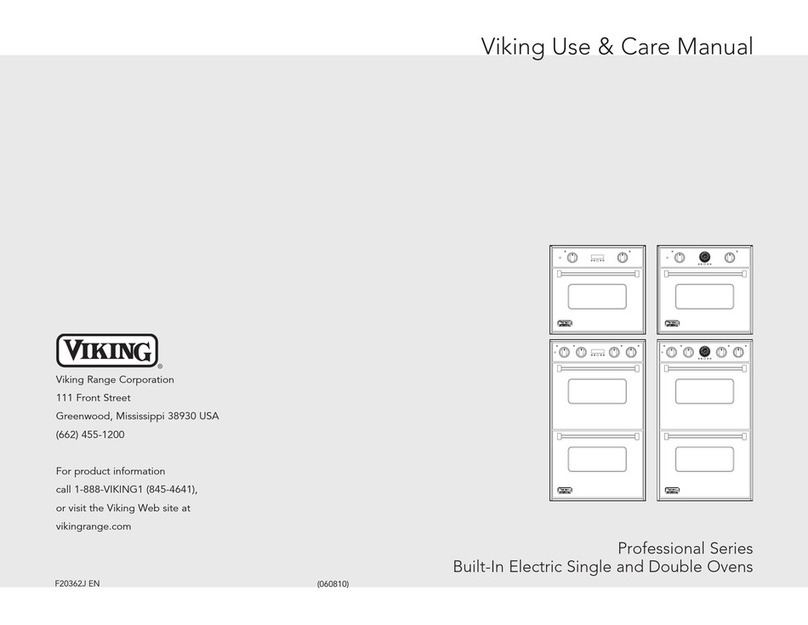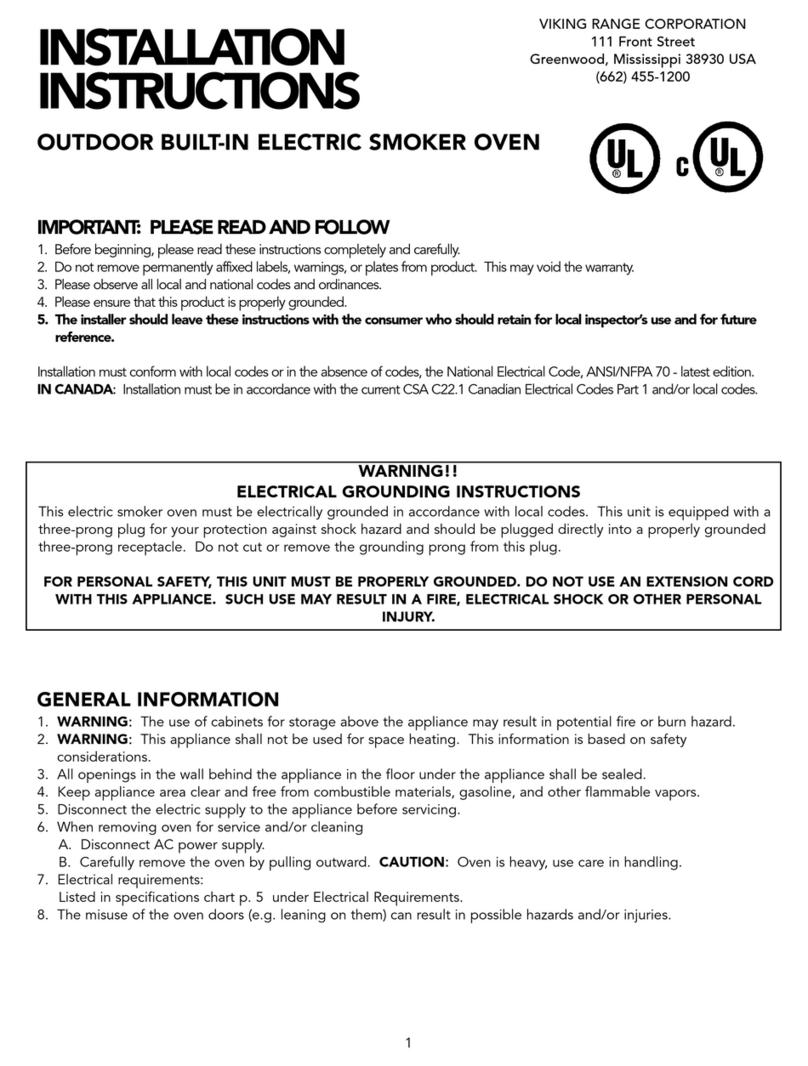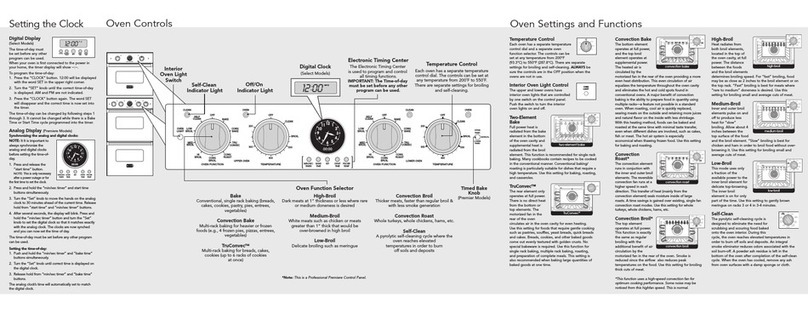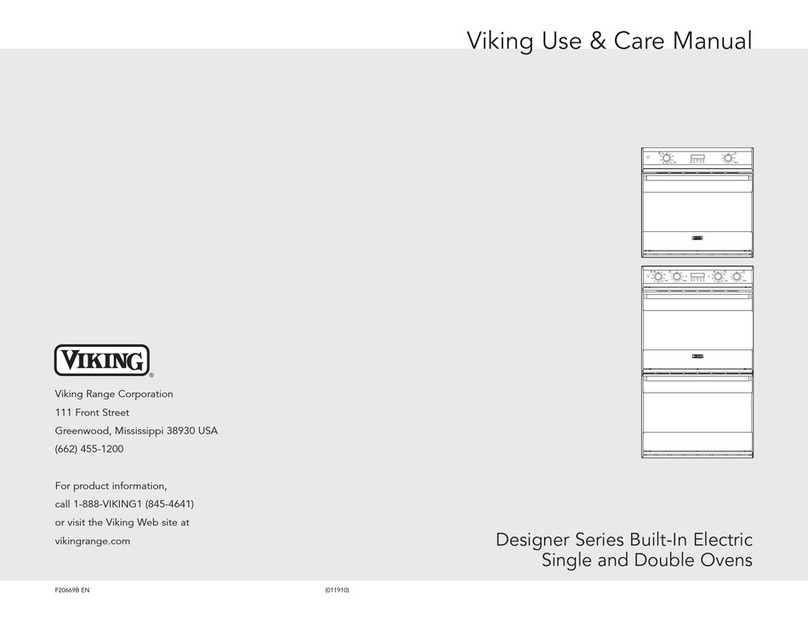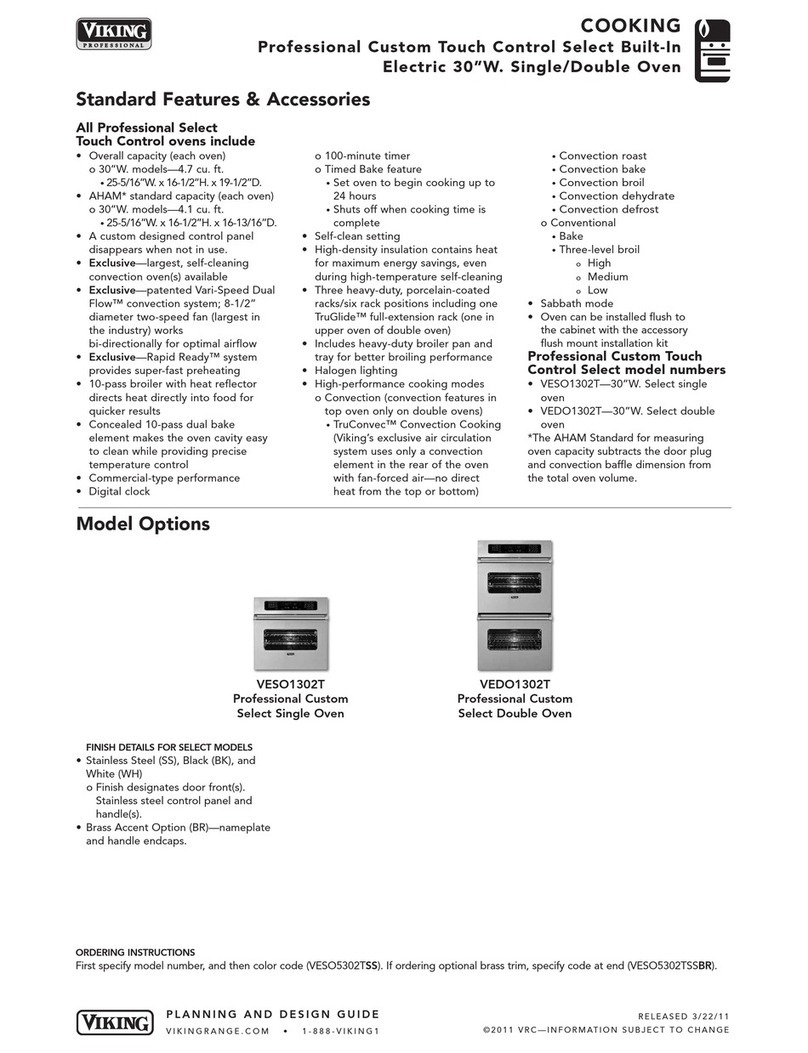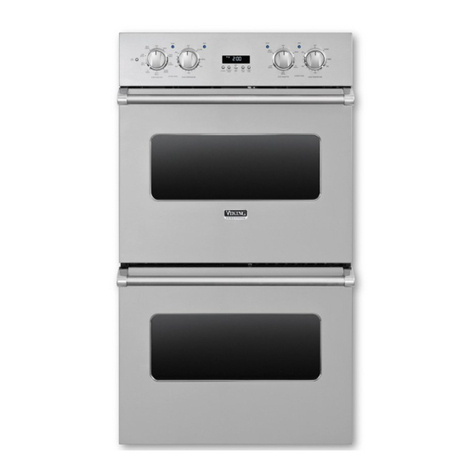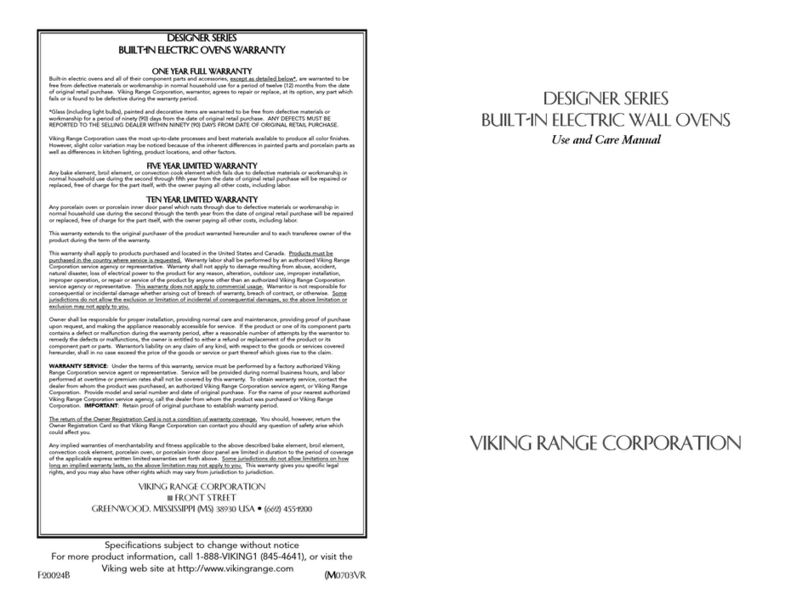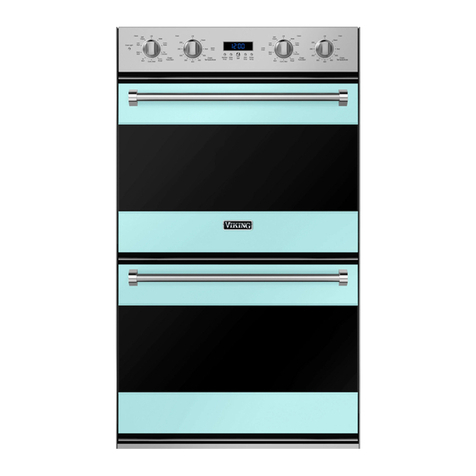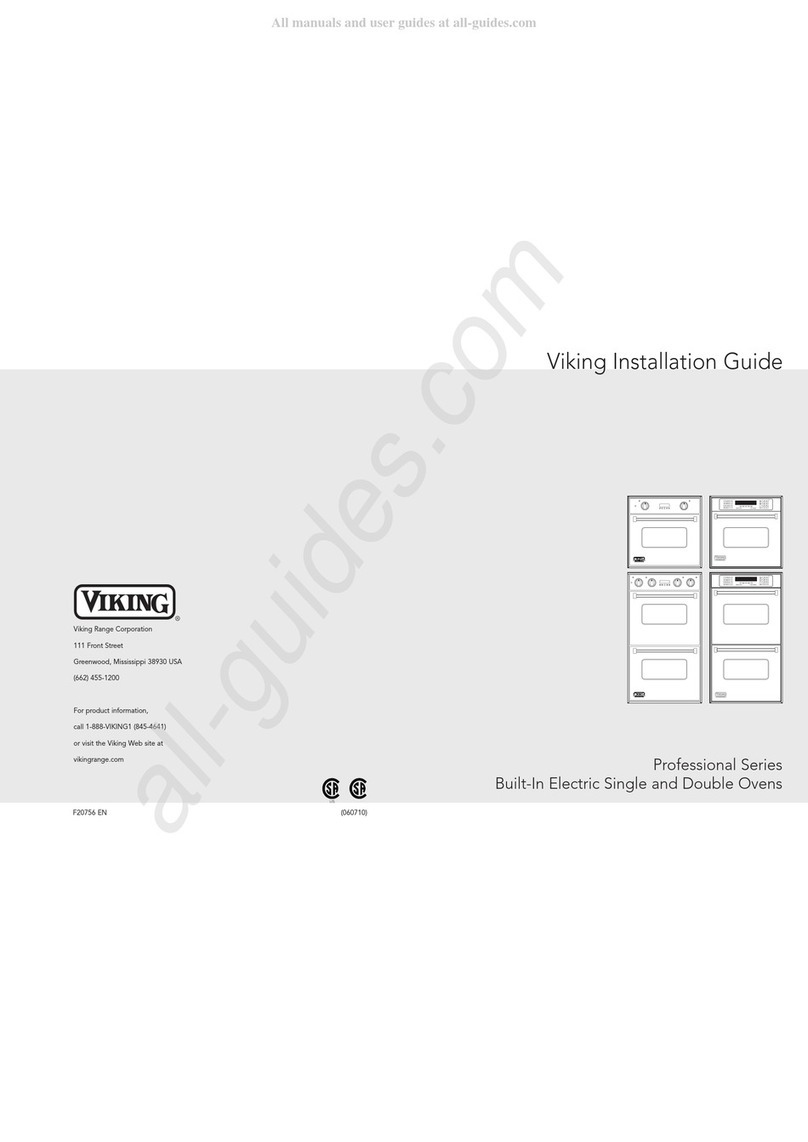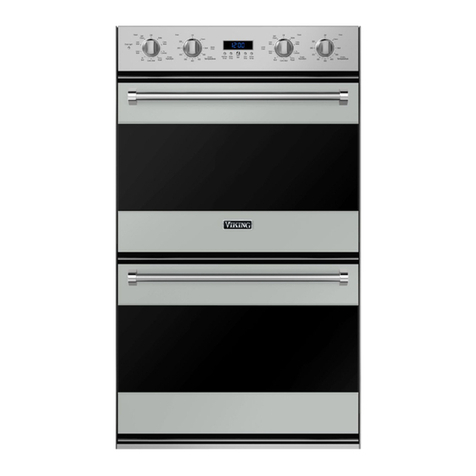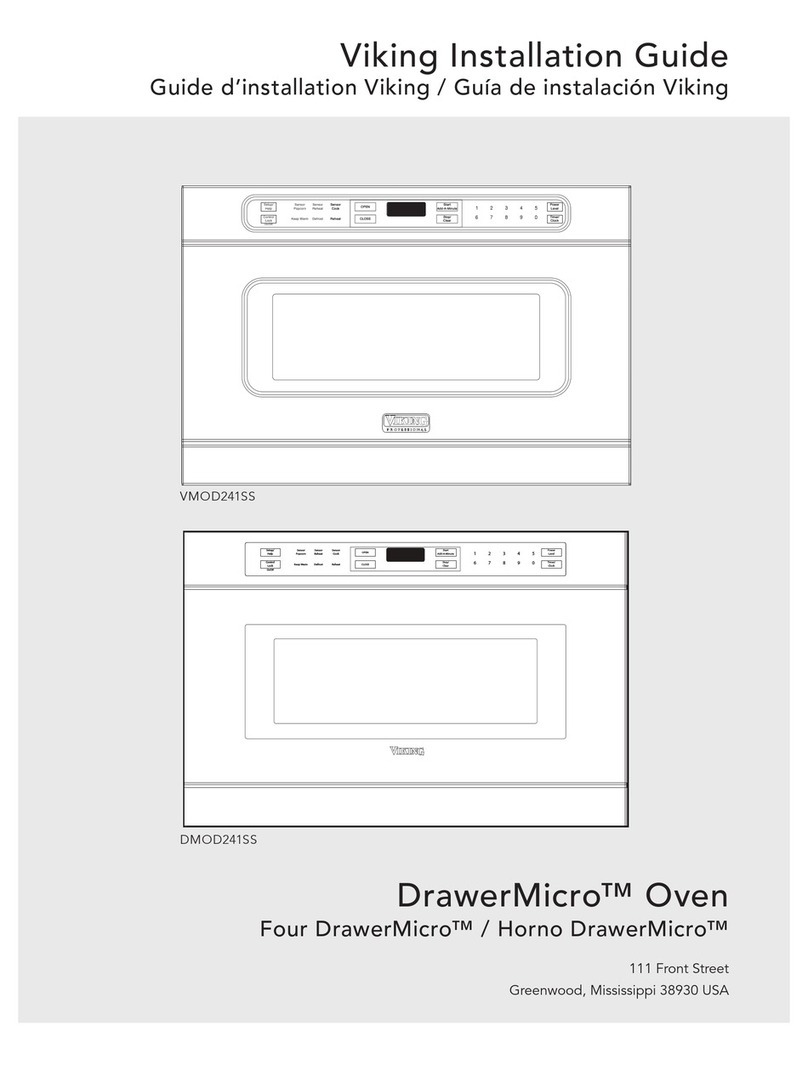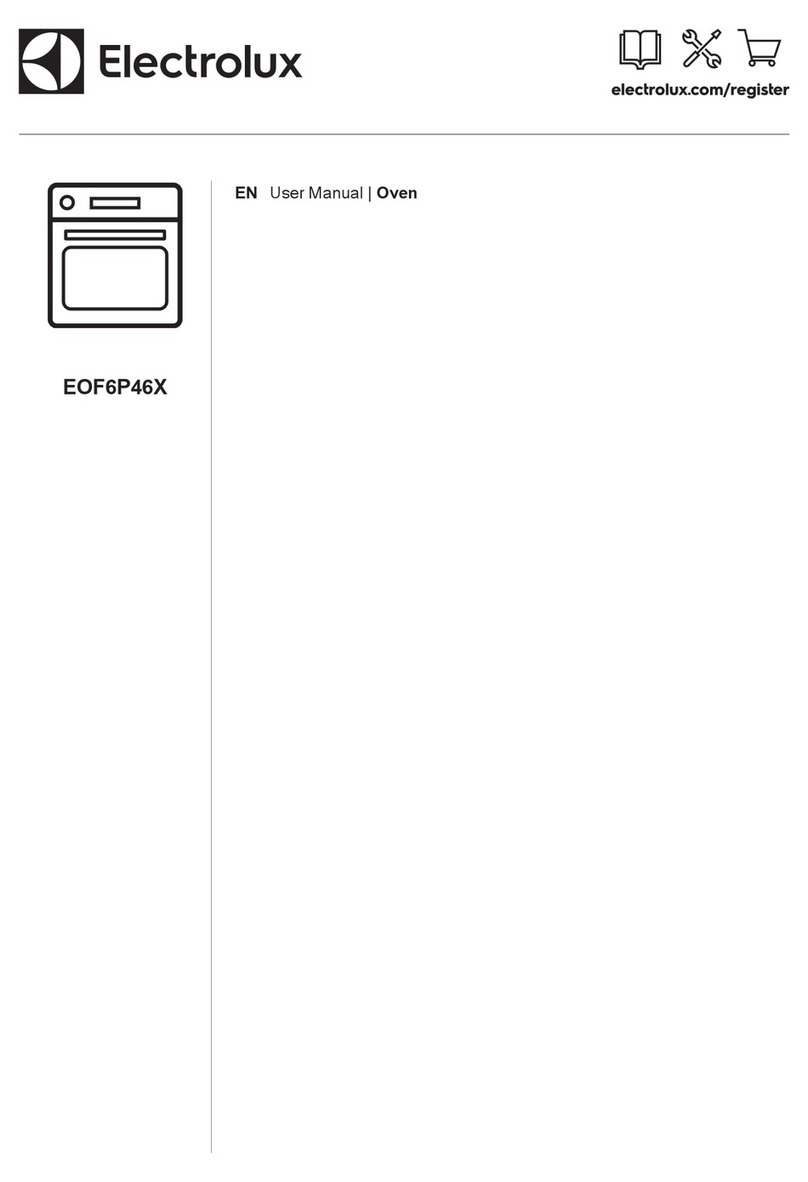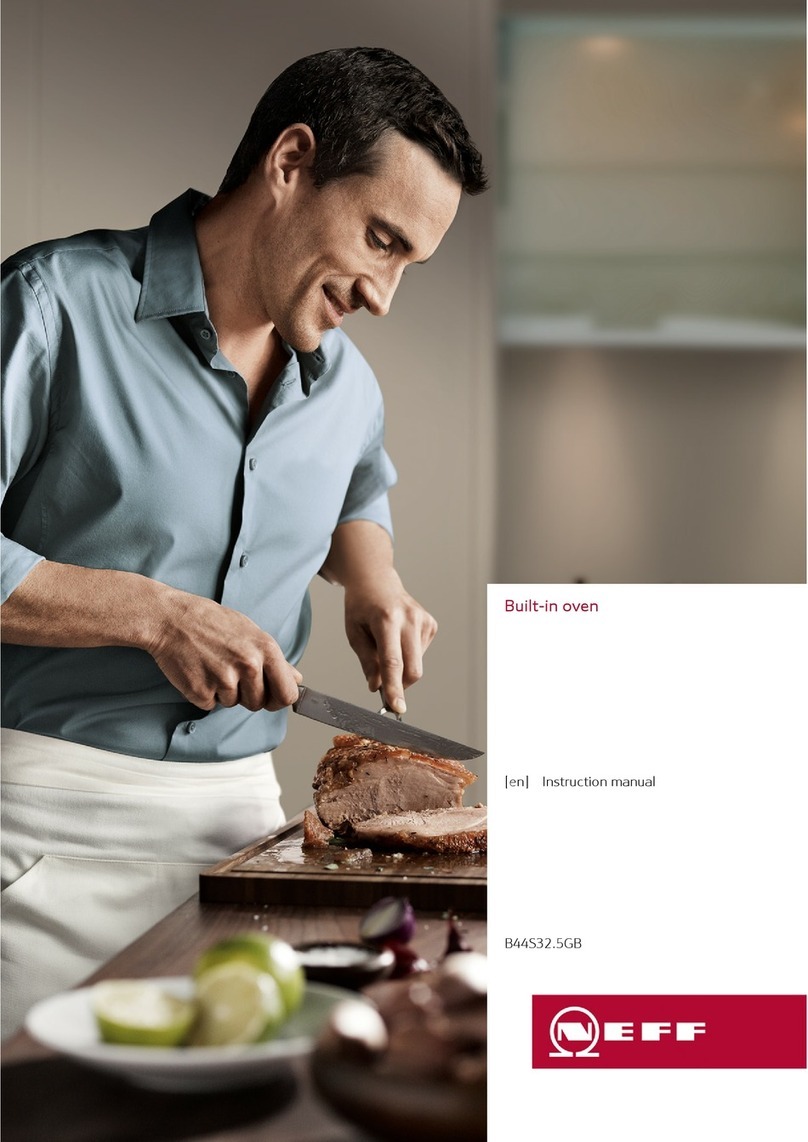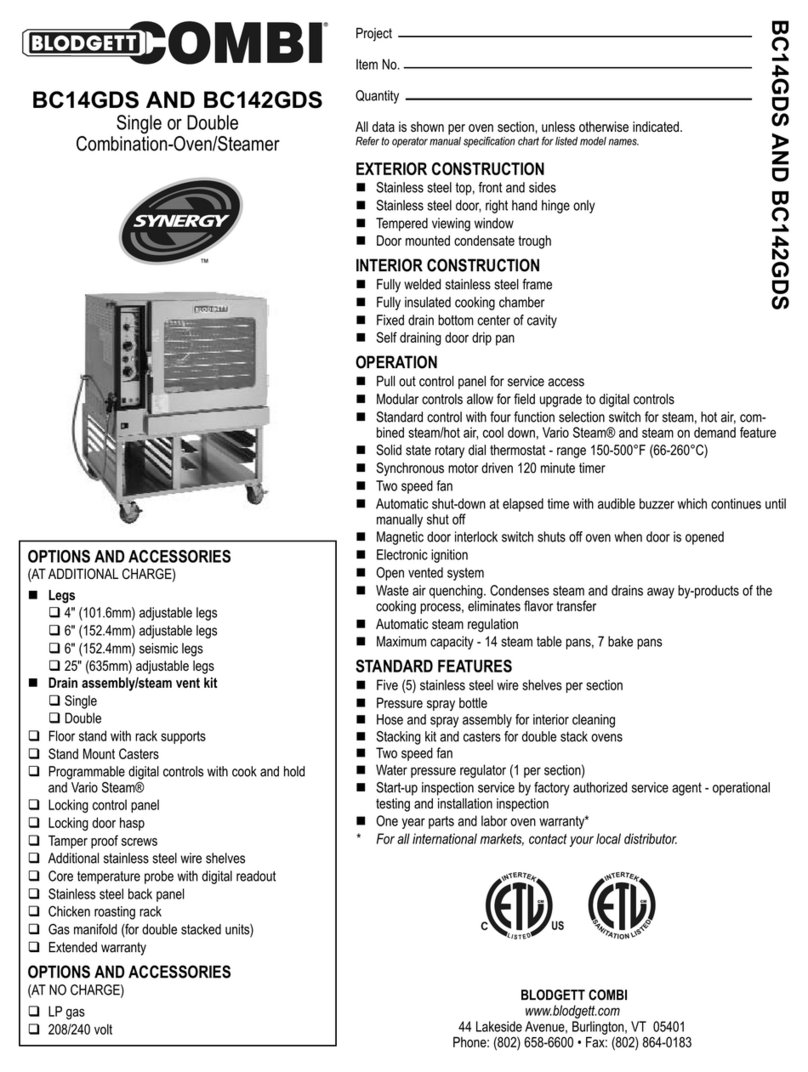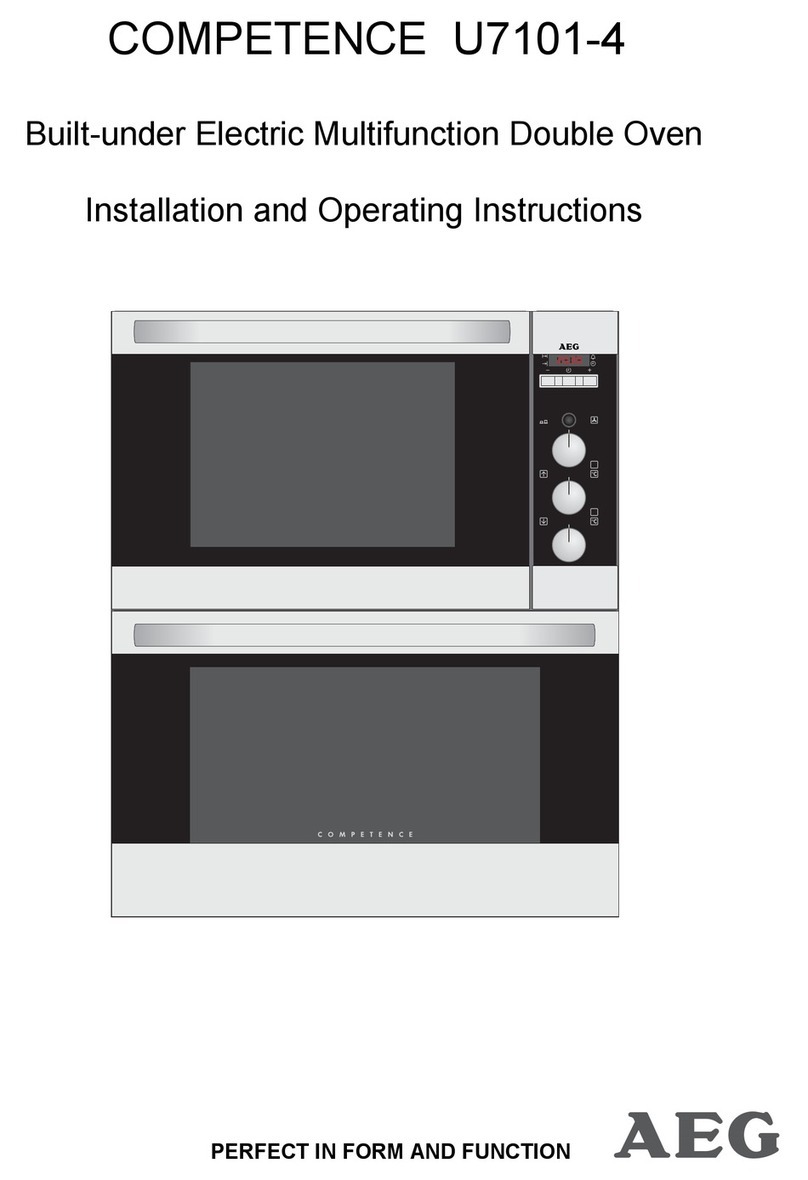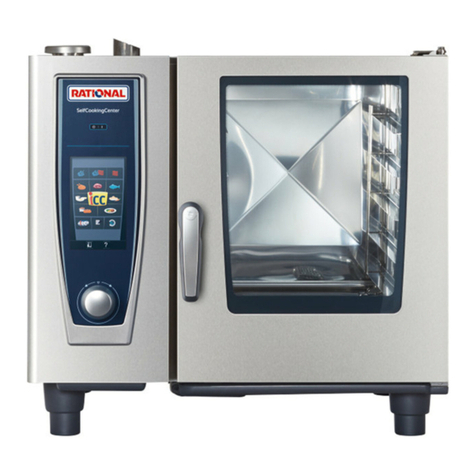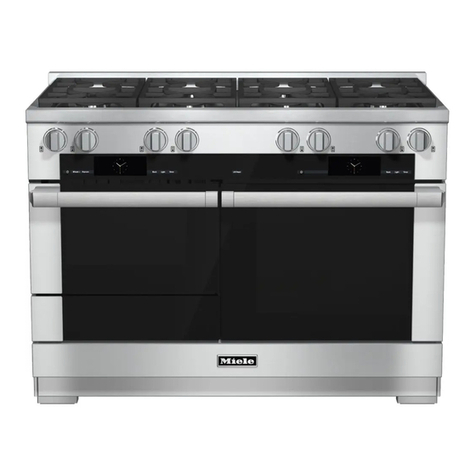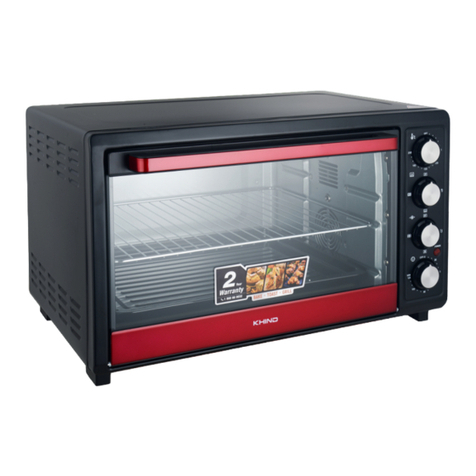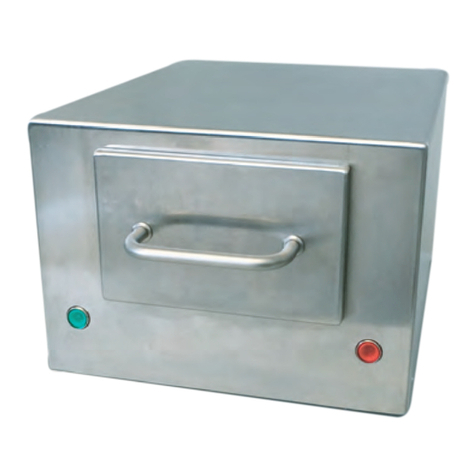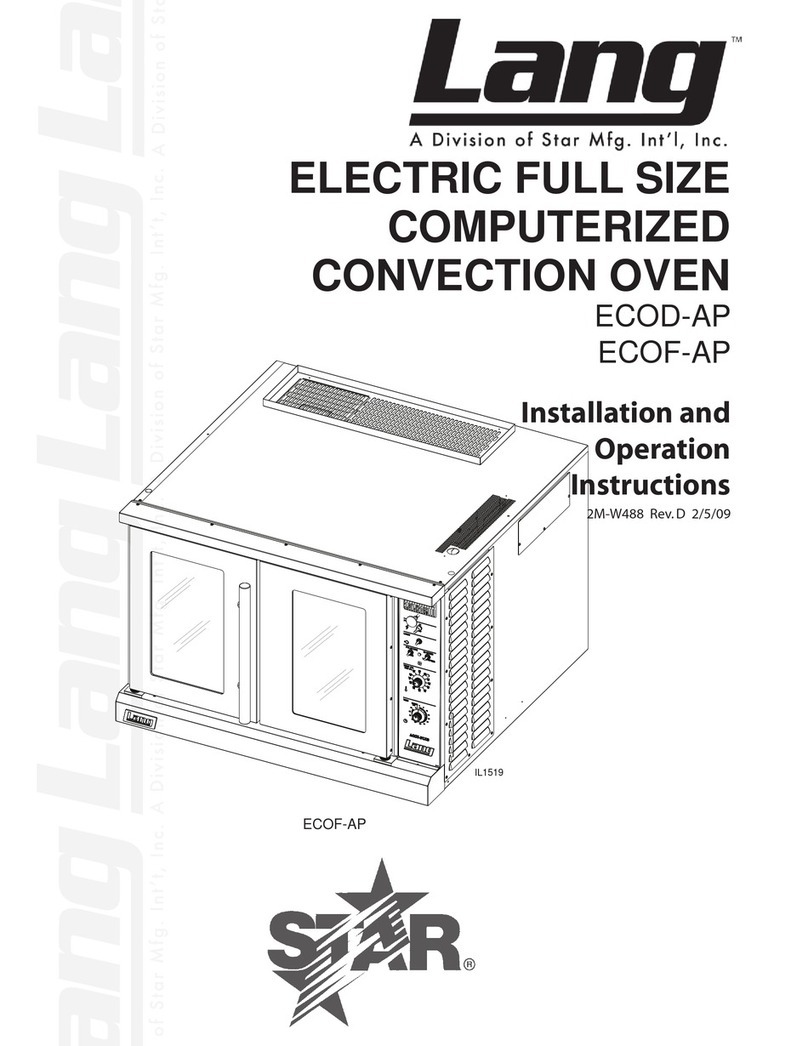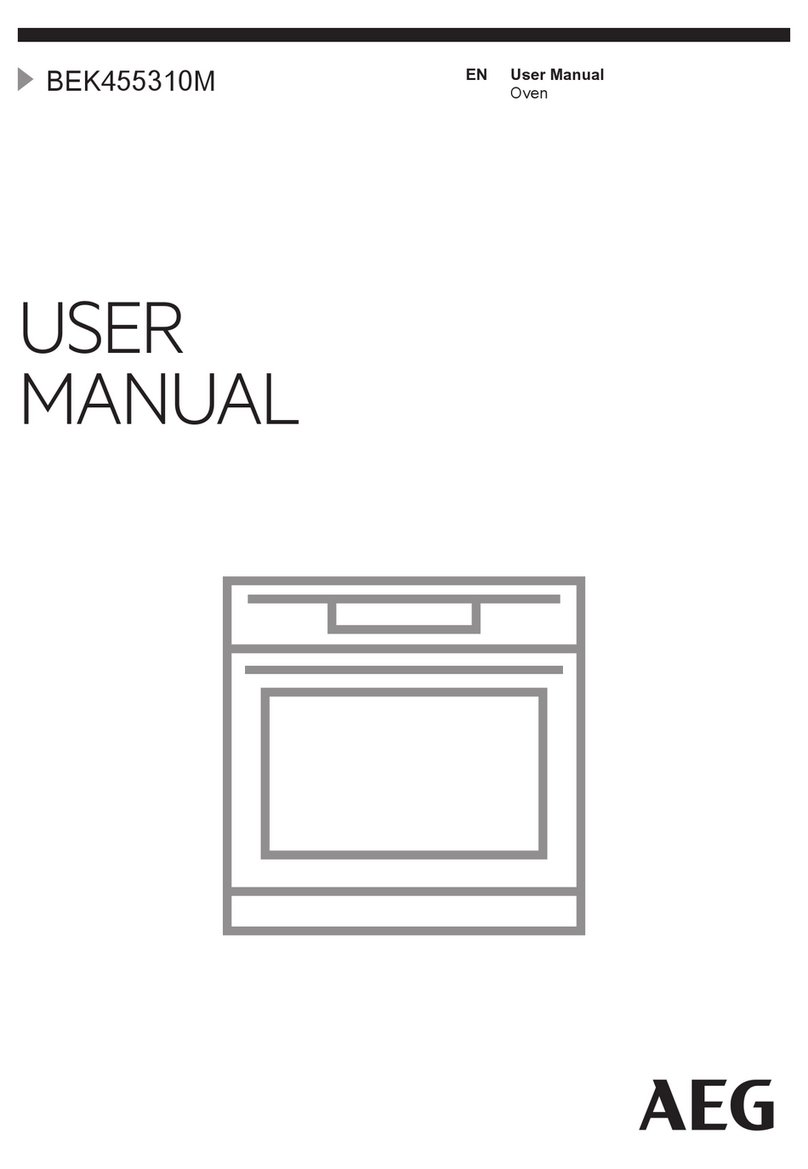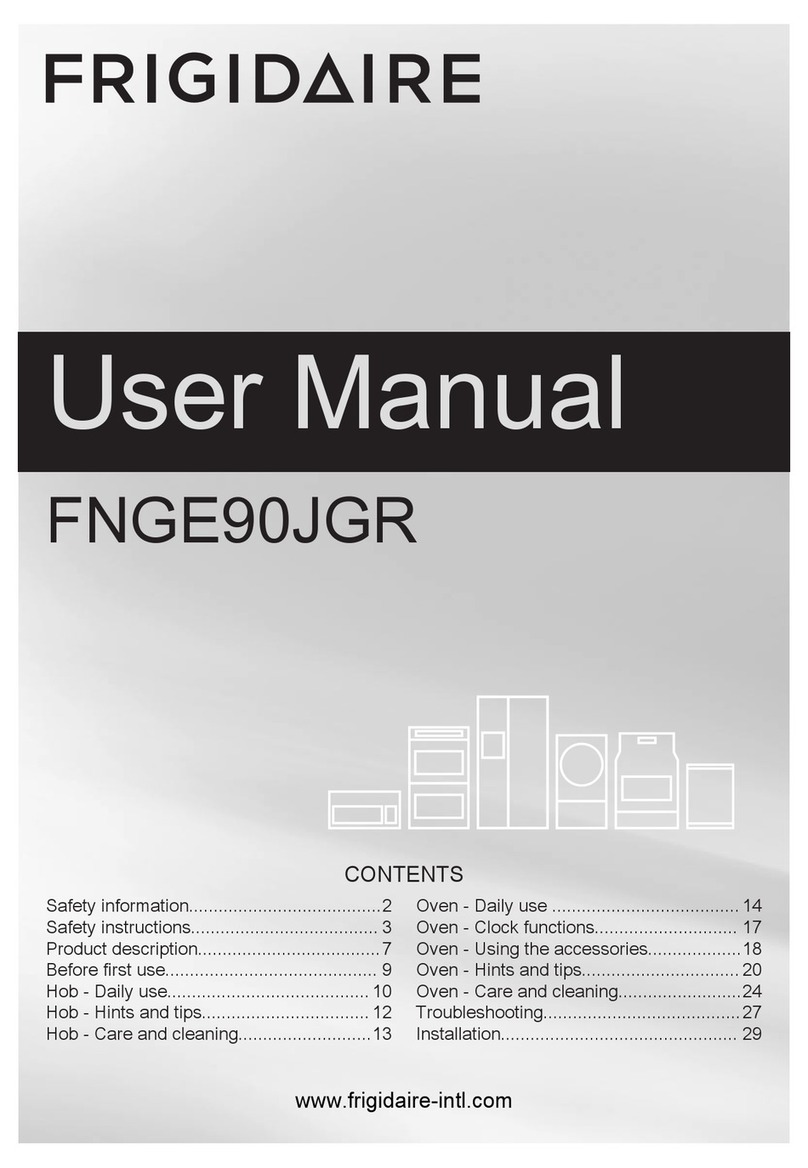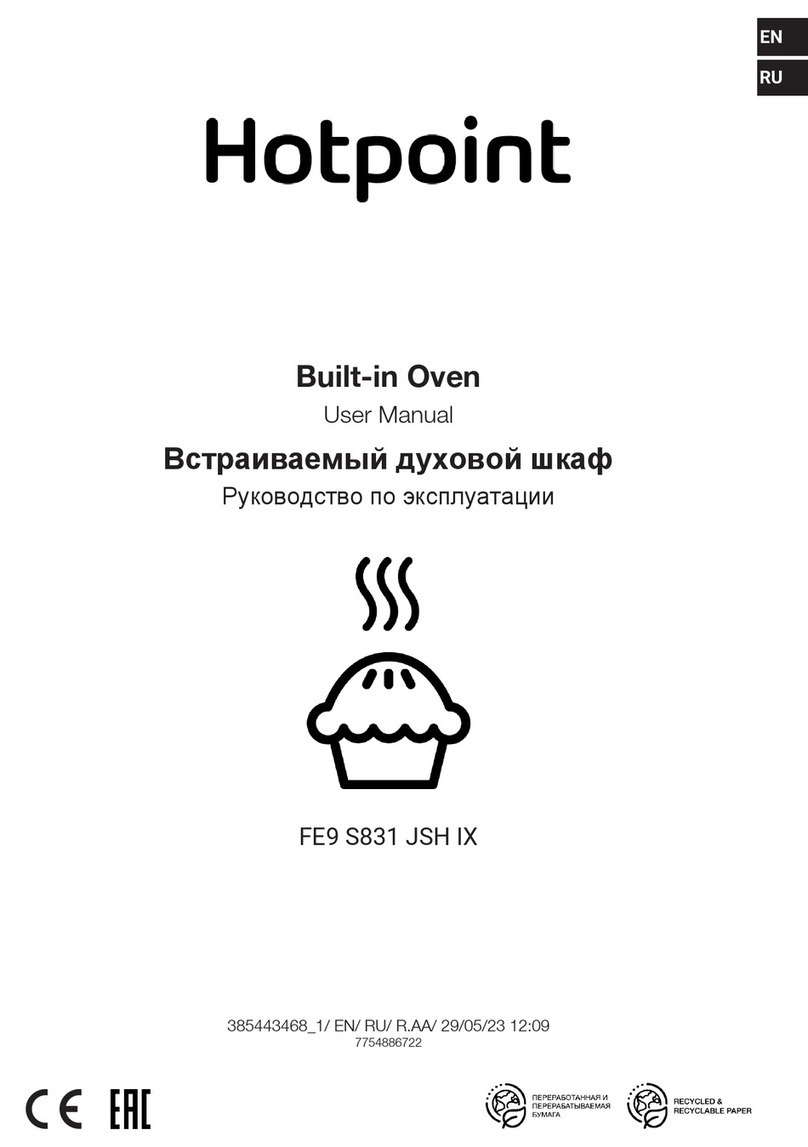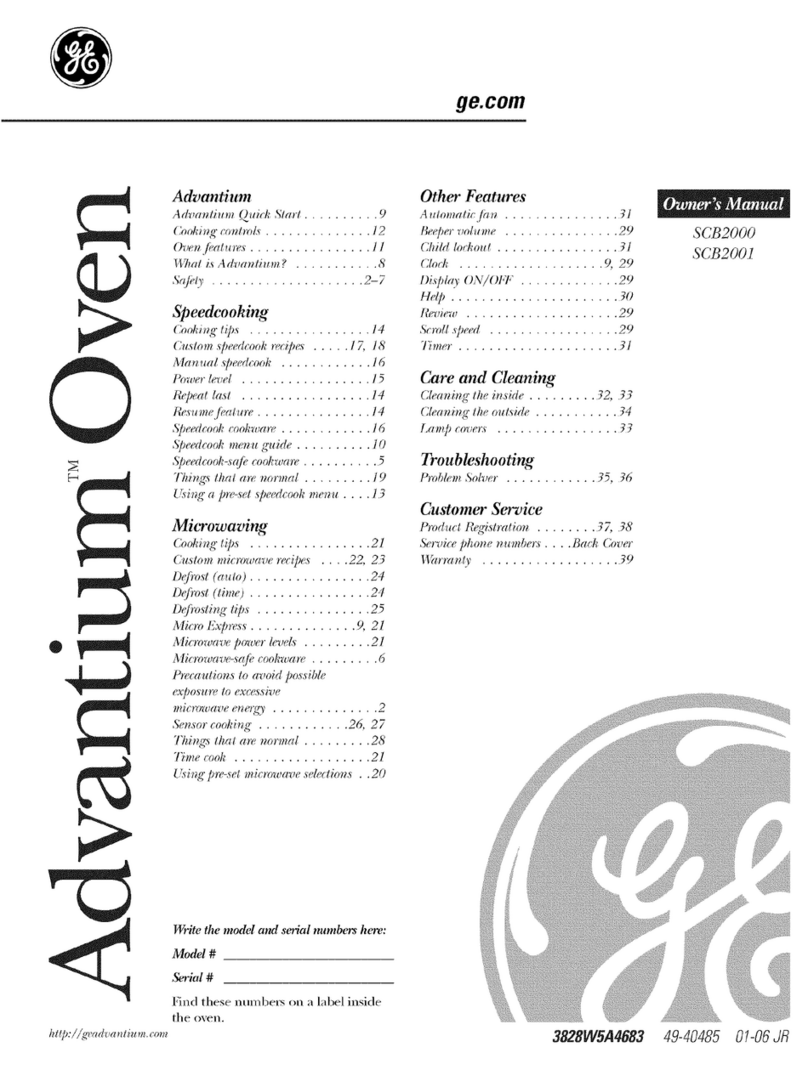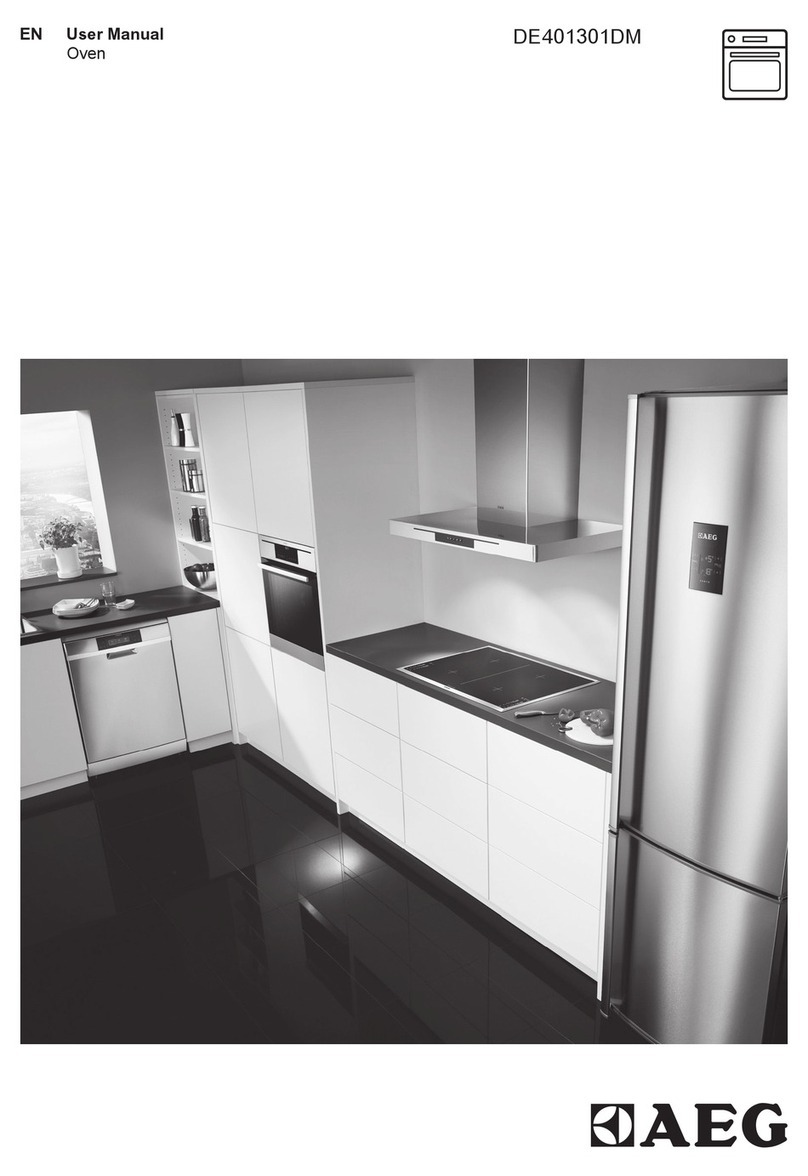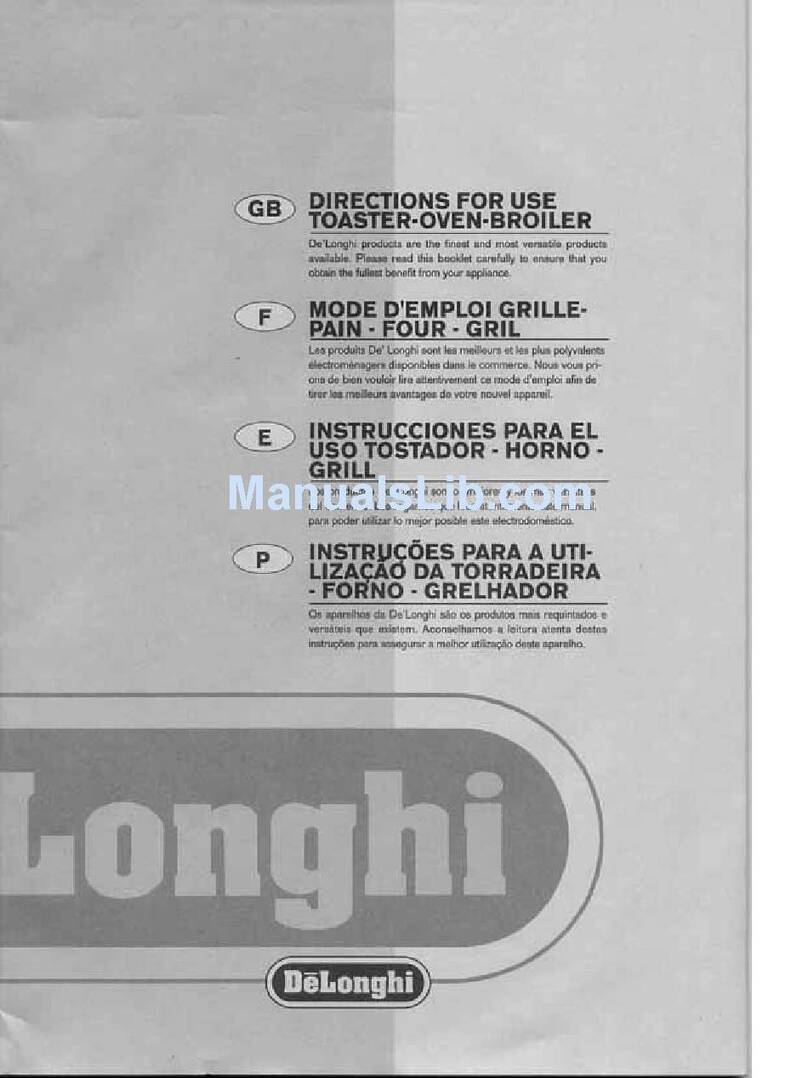
General Information
4©2012 Viking Preferred Service
Warnings
Read and follow all instructions before using
this appliance to prevent the potential risk of
re, electric shock, personal injury, or damage
to the appliance as a result of improper usage
of the appliance. Use appliance only for its
intended purpose as described in this manual.
To ensure proper and safe operation:
appliance must be properly installed and
grounded by a qualied technician. DO
NOT attempt to adjust, repair, service, or
replace any part of your appliance unless it
is specically recommended in this manual.
All other servicing should be referred to a
qualied servicer. Have the installer show you
the location
of the gas shut-off valve and how to shut off in
an emergency.
DANGER!
Fire/explosion hazard.
IF THE INFORMATION IN THIS MANUAL IS
NOT FOLLOWED EXACTLY, A FIRE
OR EXPLOSION MAY RESULT CAUSING
PROPERTY DAMAGE, PERSONAL INJURY,
OR DEATH.
• DO NOT store or use gasoline or other
flammable vapors and liquids in the
vicinity of this or any other appliance.
• WHAT TO DO IF YOU SMELL GAS
- Do not try to light any appliance.
- Do not touch any electrical switch.
- Do not use any phone in your building.
- Immediately call your gas supplier from
a neighbor’s phone.
- Follow the gas supplier’s instructions.
- If you cannot reach your gas supplier,
callthefiredepartment.
Installation and service must be performed
by a qualied installer, service agency, or the
gas supplier.
Electrical Requirements
Check your national and local codes
regarding this unit. These ovens require
3-wire, 120 VAC/60 Hz.
WARNING!
Electrical shock hazard.
To avoid the risk of electrical shock,
personal injury or death; verify electri-
cal power is turned off at the breaker
box and gas supply is turned off until the
oven is installed and ready to operate, in-
stallation by an authorized installer only.
WARNING!
Electrical shock hazard.
Disconnect the electric power at the main
fuse breaker before replacing bulb.
Gas Connection
The gas supply (service) line must be the
same size or greater than the inlet line of the
appliance. This oven uses a 1/2” (1.3 cm) ID
NPT (Sch40) inlet. Sealant on all pipe joints
must be resistive to LP gas.
The oven is designed specically for natural
gas or liquid propane (LP) gas. It is shipped
from the factory adjusted for use with natural
or propane (LP) gas. Before beginning
installation verify that the model is compatible
with the intended gas supply.
Gas leak hazard.
To avoid risk of personal injury or death; leak
testing of the appliance must be conducted
according to the manufacturer’s instructions.
Before placing appliance in operation, always
check for gas leaks with soapy water solution.
DO NOT USE AN OPEN FLAME TO
CHECK FOR GAS LEAKS
DANGER!
